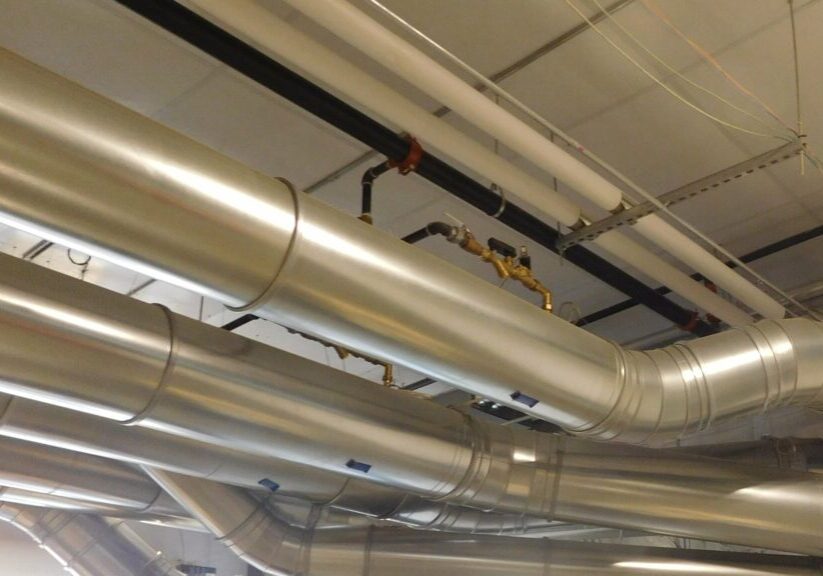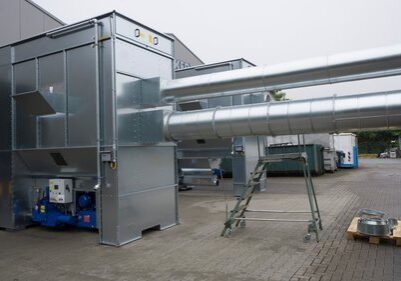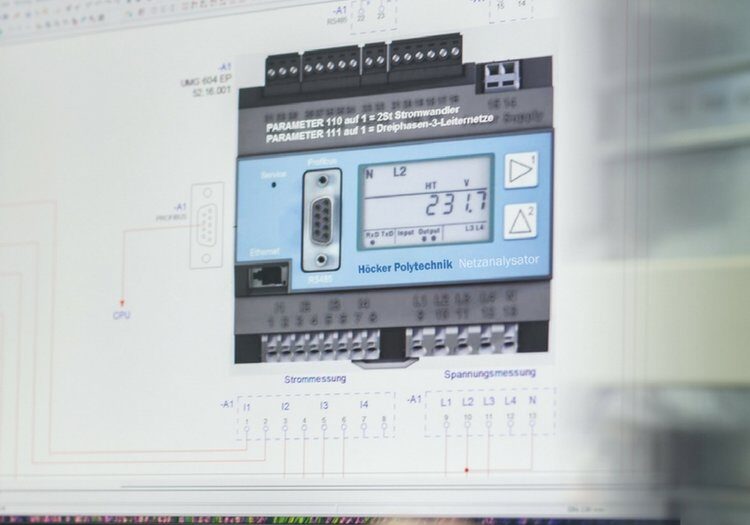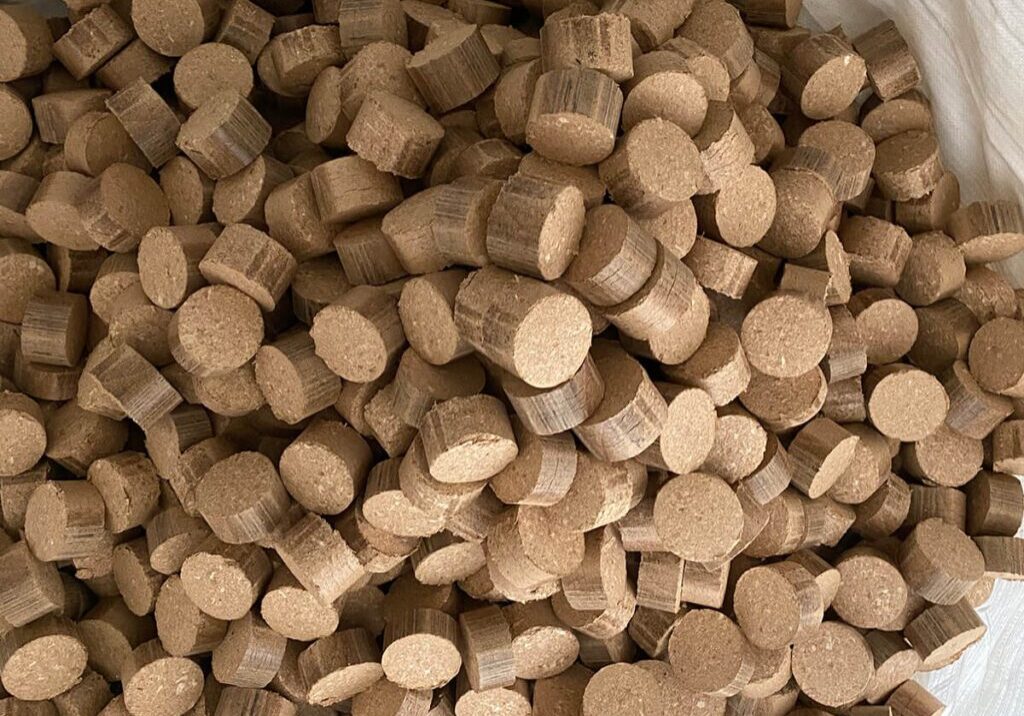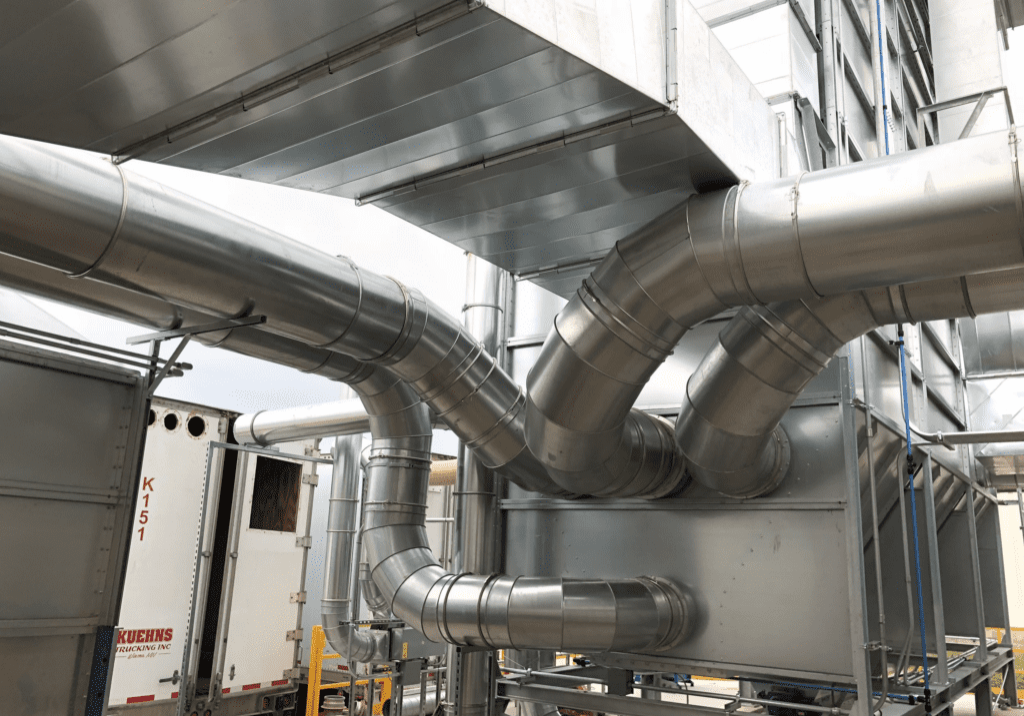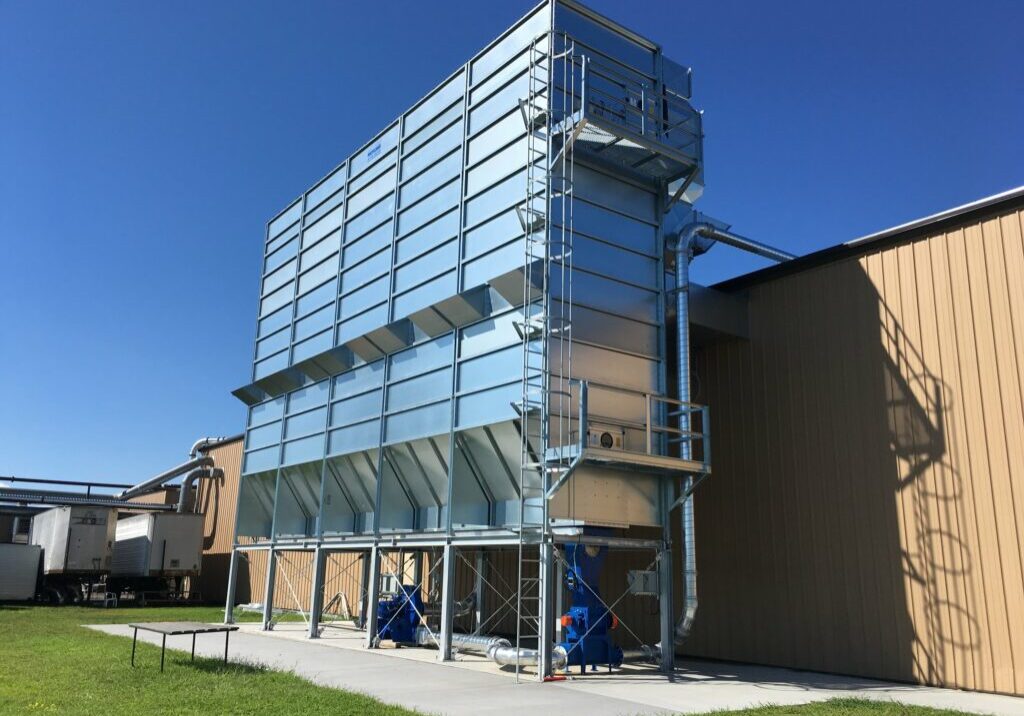Managing dust and wood waste effectively is essential for both safety and operational efficiency in woodworking facilities. The best waste discharge solution depends on your facility’s scale, production volume, and budget. Here’s how to choose the right method:
- Bags and Bin Collection
An affordable option that collects dust in filter bags or bins. Ideal for smaller operations but requires frequent manual emptying, making it less efficient for larger shops.
Best for: Smaller workshops with moderate dust output - Rotary Airlocks
Discharges dust from the collector directly into bins or transport systems without disrupting airflow, supporting continuous operation and minimizing downtime in high-production lines.
Best for: Medium to large operations with continuous dust production - Briquetting Systems
Compresses sawdust into briquettes that can be sold as fuel or used in energy recovery systems. This not only reduces the volume of waste but creates potential additional income streams or energy savings.
Best for: High wood waste output facilities looking to generate revenue or reduce disposal costs - Pneumatic Conveyors
Automates the transport of wood waste to a central location (such as silos), reducing labor and improving efficiency. This system requires a higher upfront investment but is ideal for large-scale operations.
Best for: High-production shops that require an automated and clean solution
Factors to Consider:
- Waste Volume: How much dust and debris does your facility generate daily? Larger facilities with higher output may benefit more from rotary airlocks or pneumatic systems.
- Waste Type: The type of wood waste your shop produces can determine how to manage it most effectively. Fine dust, for example, may not compress into high-quality briquettes, while fluffier materials like shavings are better suited for briquetting or reuse as horse bedding.
- Budget: Smaller shops with limited budgets might opt for bag collection, while larger shops with higher waste volume can invest in automated options like pneumatic conveyors.
- Environmental Impact: If your facility is concerned with sustainability, briquetting systems offer an eco-friendly option that turns waste into usable fuel.
- Space Constraints: Consider whether you have enough floor space for large storage bins, silos, or a briquetting machine.
- Revenue Potential: Could your waste generate additional revenue? Wood shavings can be sold for horse bedding, while briquettes are popular for smokers and other fuel uses.
 Pro Tip: Pair your rotary airlock with a dust monitoring system to keep an eye on discharge rates and system efficiency. It’s like having an extra set of eyes on your dust stream, ensuring your system keeps flowing without a hitch—and without the mess.
Pro Tip: Pair your rotary airlock with a dust monitoring system to keep an eye on discharge rates and system efficiency. It’s like having an extra set of eyes on your dust stream, ensuring your system keeps flowing without a hitch—and without the mess.

![JB1_20171218_00084_preview[1] JB1_20171218_00084_preview[1]](https://hockeramerica.com/wp-content/uploads/bb-plugin/cache/JB1_20171218_00084_preview1-1024x576-landscape-058e06ffcab491e0754d8eabda55517c-.jpeg)
